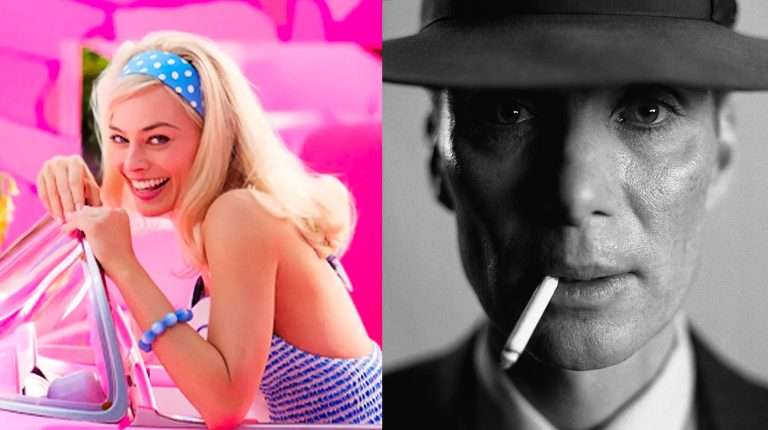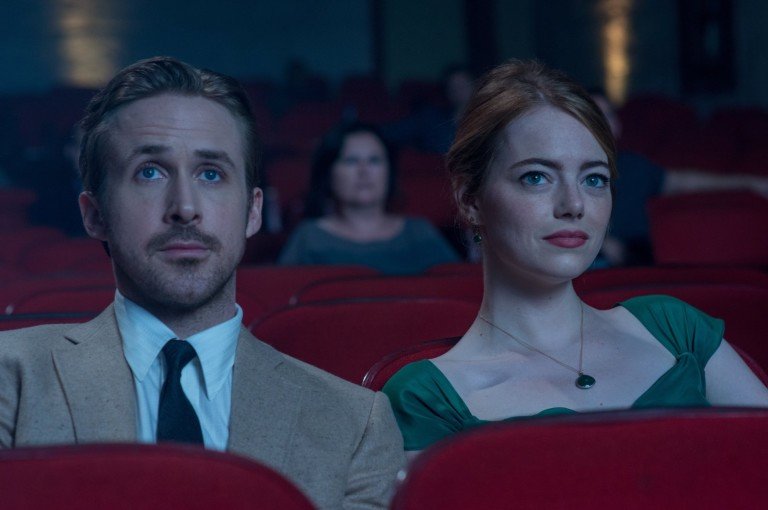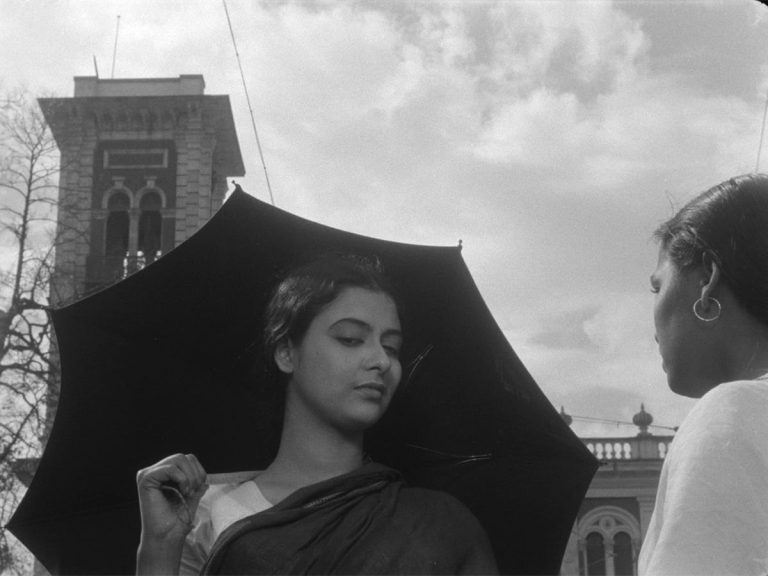By the time the 20th century reached its twilight, the lustre of the silver screen was losing its faith in the flawless hero. The valiant heroes of yesteryear, i.e., those adorned with honour, a sense of self, and clean-shaven morals, gradually faded to reveal more flawed and fierce individuals. The period of the antihero arrived not with a bang, but with a slow, simmering sense of disquiet that silently took root. In films such as “Taxi Driver” (1976), “Scarface” (1983), and “Léon: The Professional” (1994), we encounter men who are both tormented and deadly, whose brutality is matched only by their vulnerability.
These were not characters. Not really. They were cultural reckonings at the edges of contemporary myth. Their very presence is a sign of more than a swerve in narrative style: It signifies a profound exhaustion with grand moral certitudes. As the world lost interest in simple truth, the antihero took on the role of cinema’s involuntary prophet — damaged and defiant and distressingly real.
Psychoanalytic Groundings: Fractured Selves and Sublimated Violence
Freudian and Lacanian psychoanalysis offer a fascinating view to analyse the antihero’s fractured self. Travis Bickle of “Taxi Driver” is an embodiment of a man ravaged by alienation from society and an illusion of cleansing himself morally. His aggressive behaviour is not only a response to external corruption but also displays his inner trauma and repression. Bickle’s spiral into violence might be seen through Freud’s concept of the death drive (Thanatos), which denotes an obsessive impulse that seeks catharsis through destruction.
Tony Montana in “Scarface” is the embodiment of unbridled desire, a guy driven by greed, brutality, and an insatiable need for more. His journey, both ascension and collapse, grabs us not only for its drama, but also because it mirrors something deeper, something real.
Cinema seems drawn to these wounded souls, echoing the very instincts and contradictions that psychoanalysis tries to decode. Seen through Lacan’s lens, the antihero isn’t just flawed; he’s caught in a constant tug-of-war, chasing versions of himself that never quite fit, struggling to make sense of the world’s rules and the quiet ache that gnaws at him from the inside. He’s not navigating these spaces; instead, he’s marooned in them. That’s what makes him so compelling and tragic.
Even someone like Léon, who seems calm on the surface compared to the typical cinematic antihero’s fiery presence, carries the same rupture. His silence isn’t serenity, it’s the sound of a man suspended between the life he has and the one that always slips through his fingers. He’s living at the edge of two worlds: one ruled by structure, the other by chaos; one full of meaning, the other steeped in grief. His repression of his feelings and systematic murdering are interrupted by Mathilda, a child, who teaches him symbolic language, which is love, compassion, and vulnerability. Yet that transformation is never realized, and his tragic destiny demonstrates the impossibility of escaping the intellectual snarls that characterize him.
Postmodernism, Genre Deconstruction, and Visual Tone
These films also belong to a specific postmodern look. They dissolve the distinctions between performance and reality, monstrosity and morality, viewer involvement and distance. “Taxi Driver” is more than a character study. It is a critique of film representation.
Martin Scorsese uses voiceovers, broken-up editing, and intense neon lighting to distance spectators while immersing them in Travis’s derangement. The city is turned into a hyperreal world, a Baudrillardian simulation of urban debasement where meaning collapses into spectacle. “Scarface” blows the excesses of the gangster genre to grotesque proportions, spoofing the American Dream even as it indulges in its visual spectacle.
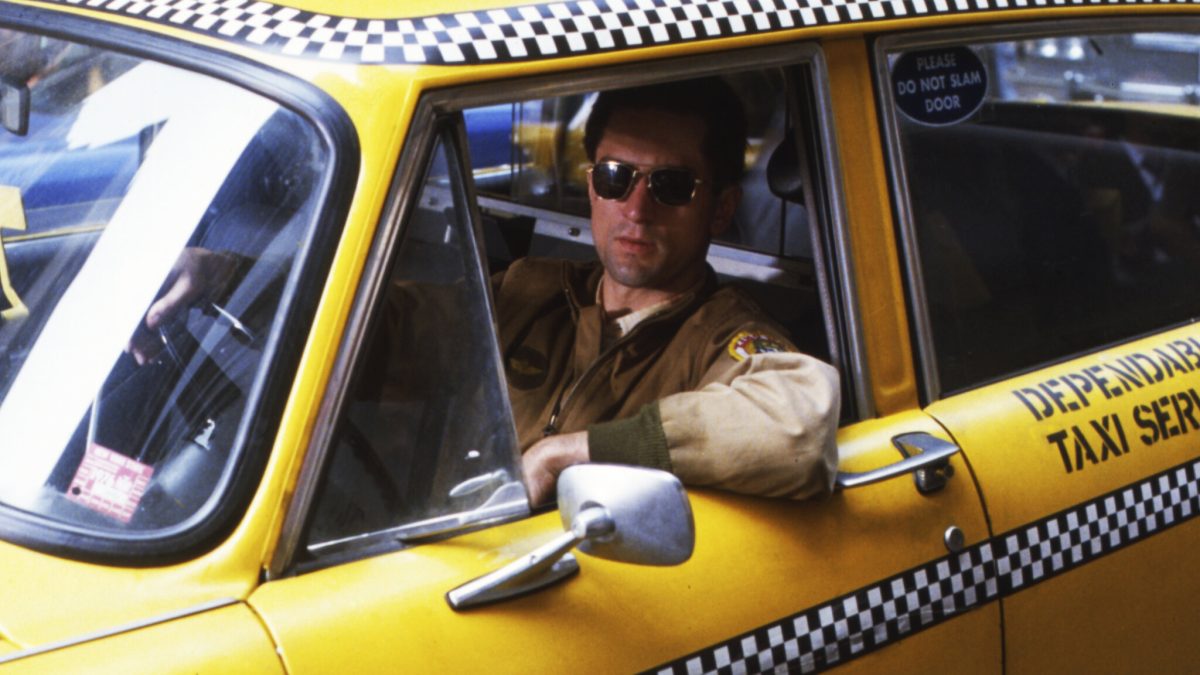
Brian De Palma’s employment of operatic violence, close-ups through drugs, and tawdry sets is both tribute and criticism. Besson in “Léon: The Professional” creates a visually milder, almost fairy-tale environment that contrasts with the severe violence that pervades.
The European noir style’s muted colour palette and close-ups make moral responses difficult to discern. We sympathize with a child and a hitman, who are in an entangled relationship. Postmodern cinema is so effective at breaking emotional and moral necessities that we do so because the seduction of violence and voyeuristic desire is intense.
Violence in such films is not a matter of theme; it is a part of the narrative and emotional engagement of the spectator
Slavoj Žižek maintains that violence will always function as a “background condition” in liberal culture, a denied reality in talk but secretly wished for in fantasy. When viewers witness Tony Montana gunning down his enemies or Travis Bickle spiralling into bloody vengeance, they are not simply watching; instead, they are participating. The violence offers a strange kind of release, a purge of buried fears and forbidden urges.
Freud’s idea of sublimation helps explain this pull, as the films channel unacceptable desires into narratives that feel thrilling rather than taboo. These stories do not succeed because of moral clarity, but because they make brutality feel deeply human. The antihero stands as both monster and martyr, drawing out emotions that shift from revulsion to uneasy empathy. He represents not just the collapse of moral certainty but the lingering hope that something of it might still be salvaged.
Women as Ethical Barometers and Reflections
The women in these movies have important roles. They create, test, and mirror the antihero’s inner life. Iris in “Taxi Driver,” the adolescent sex worker Travis attempts to “rescue,” is a symbol of lost innocence, but also represents Travis’s paternal savior fantasy. She does not need rescue; he imposes his fantasies upon her. Her restricted agency is a reminder of the way that women are utilized as moral props in a male antihero’s redemption narrative.
In “Scarface,” Elvira Hancock (Michelle Pfeiffer) embodies the capitalist reward, lovely, out of reach, and ultimately expendable. She embodies both reward and retribution, revealing Tony’s profound insecurities and urge for mastery. Her disenchantment and departure signal that Tony’s kingdom is on its decline, and that feminine disdain is a reflection of society’s withering approval.
Mathilda in “Léon” is the most complicated female character among the three films. She is both worldly and innocent, childlike and vengeful. Her relationship with Léon is full of ambiguity, which is maternal, romantic, and platonic simultaneously. She awakens his emotional development, but also draws him further into a violent world. Theirs is the impossible choice between remaining innocent and joining a corrupt world.
Setting as Symptom: Chromatic Narratives of Disconnection
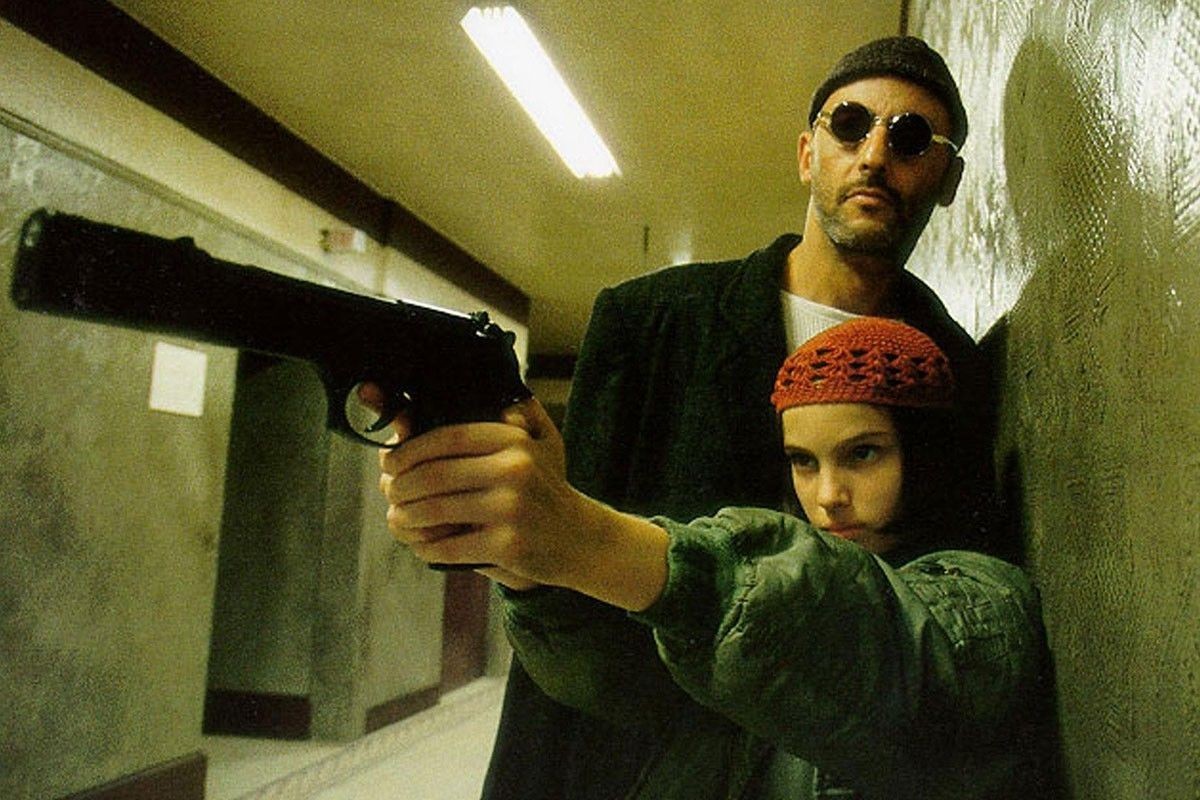
These films connect not just through theme and narrative, but also through a shared visual language. The decaying urban landscapes, cramped and suffocating interiors, dim lighting, and sudden bursts of red and yellow are all carefully chosen. They build a mood thick with unease and emotional distance. The setting doesn’t just support the story—it acts like a mirror, reflecting the fragmented inner worlds of the characters and deepening the sense of moral complexity in their paths.
In “Taxi Driver,” the city feels less like a backdrop and more like a living presence. It’s gritty and overwhelming, filled with noise and corruption. It shadows the protagonist’s descent and lays bare the blurred lines between isolation, rage, and distorted heroism.
In “Scarface,” Miami gleams white and flashy but finally empty, a cocaine-bought heaven of betrayal. In “Léon,” New York is familiar and unfriendly, set in softly shaded rooms and punctuated by the snapped rifles. This visual congruence reflects the psychological landscape in which the antihero lives. The world is not so much a backdrop, but it emanates from their broken self.
The settings are reduced to bare essentials to describe internal turmoil, paranoia, and existential despair. They affirm that the antihero is not simply responding against a rotten society; he is the product of it.
At the centre of these movies is a crisis of moral significance. The antihero is neither villain nor hero. He shatters clean morality and makes audiences find their way in a grey area. Postmodernism feeds on this uncertainty; it dispels universal truths for contradictions. The antihero’s actions cannot be gauged on conventional terms because the films themselves question those terms.
Travis Bickle is a saviour figure who engages in mass murder. Tony Montana wants freedom, but turns into a tyrant. Léon murders for money but dies for love. These paradoxes are not just flaws in the narrative but deliberate disruptions. They compel audiences to confront their own moral assumptions and reveal how easily violence can be rationalised when cloaked in trauma, charisma, or aesthetic appeal.
Conclusion: The Antihero as Traditional Signifier
The antihero in “Taxi Driver,” “Scarface,” and “Léon: The Professional” is not just a filmmaking tool; he is also a cultural icon of postmodern disintegration, masculine collapse, and spectator engagement. Psychoanalytic theory facilitates examination of his subjective torment, whereas postmodernism explains the aesthetic and moral flexibility defining him. Violence is used as a form of communication, formatted, choreographed, and cathartic.


